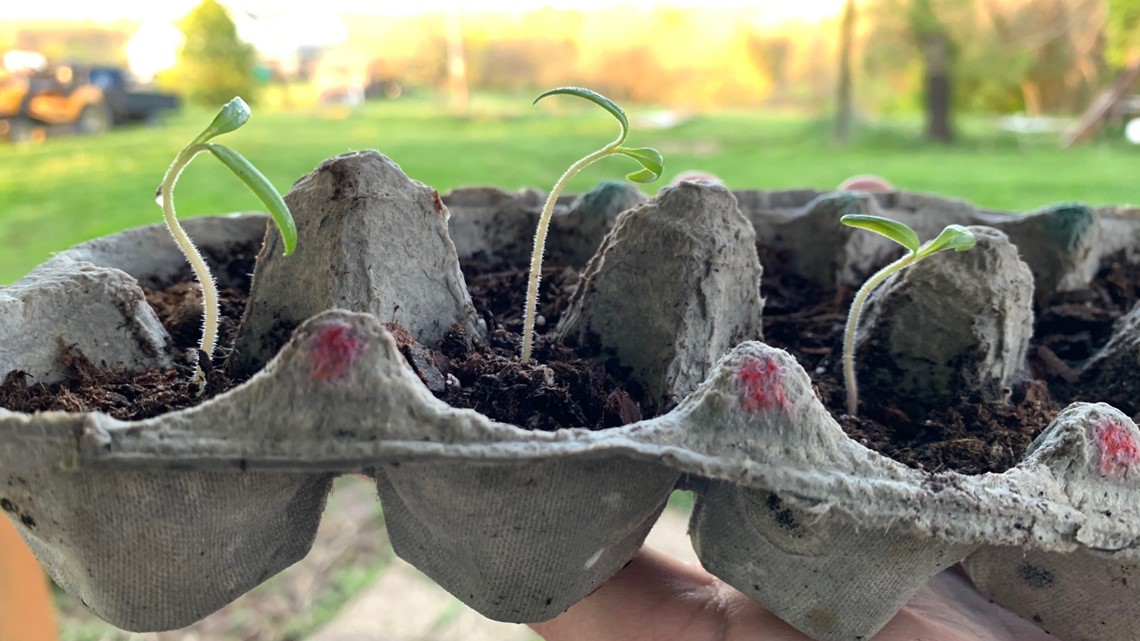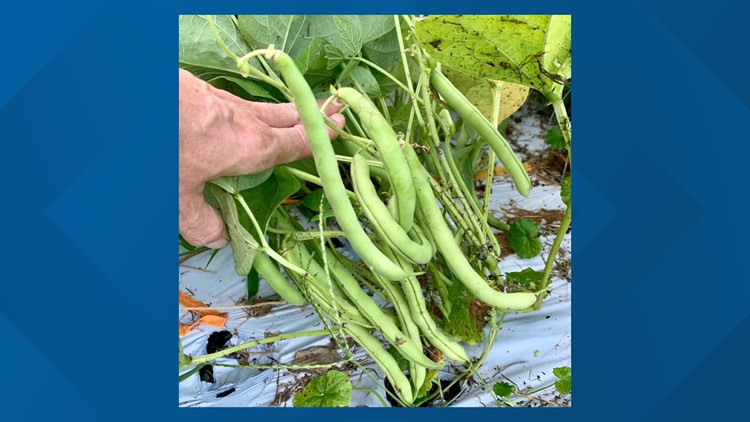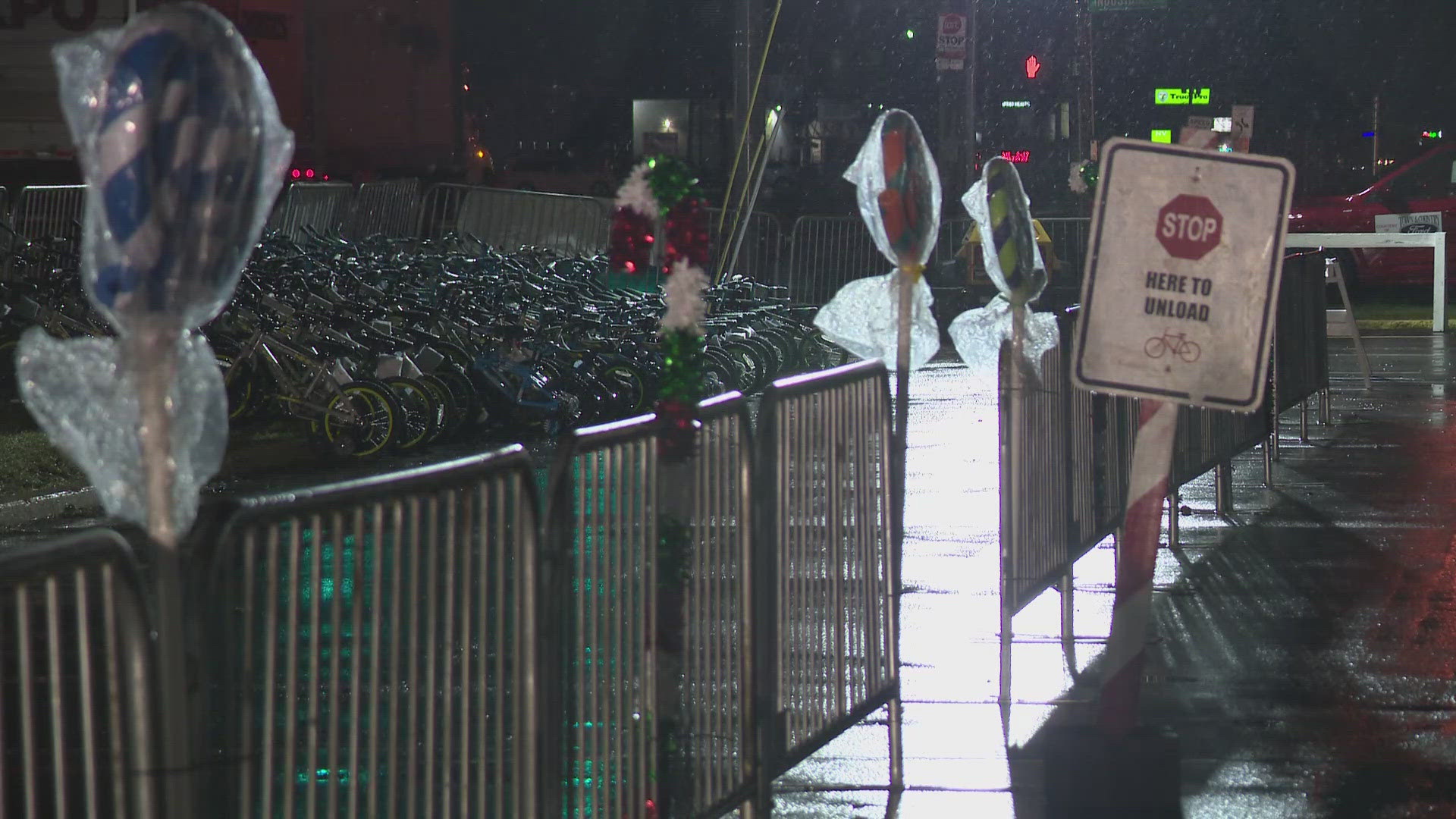LOUISVILLE, Ky. — It may be the most maligned of vegetables: the bean (well, technically they’re veggies but click here to see more about that debate).
Think about it. Poor Jack from the beanstalk fable was harassed for trading a cow for beans. Although, they were magic so who came out the better on that?
And what do they call those managers who sort worth without truly caring about meaning? Bean counters.
What’s worth less than a “hill of beans”?
In the classic film Casablanca, Humphrey Bogart says to Ingrid Bergman, “I’m no good at being noble, but it doesn’t take much to see that the problems of three little people don’t amount to a hill of beans in this crazy world”.
Well, we’re in a crazy world right now, no denying that. Maybe a “hill of beans” is worth something.
How about we plant some beans of our own? This is the week to do so, Kentuckiana.
The kind of bean you choose depends on what you like and how much you want to tame ‘em. If you don't want to put a ton of effort into taming them, try bush beans (no, Duke, not Bush's). Bush beans grow short and don’t require much taming.
My wife and I prefer growing bush beans because they grow shorter to the ground (bushy) and don’t require you to guide them with wire, stakes or trellis. They’ll grow anywhere from 1 to 2 feet in height. Depending on the variety, you’ll begin to harvest beans in 45 to 60 days (our experience has always been closer to 60).
If you don't mind a little extra work, pole beans require something to climb and they should find their way up stakes or along wire or fencing. Pole beans can grow several feet high and you’ll be doing plenty of reaching to get to some of your bounty.


Kentucky Wonder Bush Beans have done well for us, as have Cherokee Wax Bush Beans. You’ll want full sun, so take that into consideration when planting.
Depending on the variety, you’ll likely need to plant your seeds ½ to 1 inch deep, spacing them 2 inches apart and then (again, depending on variety), as the plants begin to develop, you’ll thin out the weaker stalks so there are anywhere from 4 to 6 inches between your plants.
A wonderful advantage of growing your own beans is there are multiple ways to enjoy them all year long. Canning is not as difficult as you may think, if you’ve never tried. You can also simply freeze them. We do both and there was a moment this past winter when we took a freezer bag of our homegrown beans out for dinner and I can’t even begin to describe how delicious and comforting they were to eat on a cold winter’s night.
But if you’re a little adventurous (well maybe it’s not that crazy), you can devour them in one of my favorite forms: the “dilly bean”.
Ever had a dilled green bean? No? You haven’t lived. When I was a child, we would travel to Michigan in the summertime to visit relatives and one of my aunts would break open a jar of “dilly beans”. It’s a wonderful mix between a green bean and a pickle. Here’s an easy recipe for you to try.
Before I let you go this week, how about something to celebrate and inspire? If you took this blog to heart, two weeks ago you planted some tomato seeds. Here’s what about two weeks look like.


They’re teeny, stringy and nothing (yet) like those big plants you’re seeing at the store. But they’re your plants from the start. I hope you’re seeing some inspiring sights in your garden space. Be sure to share them with me on Facebook or Twitter.
PREVIOUS BLOGS:
About the author:
When Chris Williams is not holding the powerful accountable as WHAS 11’s Political Editor, he and his wife Amy spend time raising their family on their small slice of heaven known as Chestnut Hill Homestead. They’ve been blogging about their experiences for the past few years and their “Learning By Living” lifestyle of raising plants and animals for food and self-reliance.
Make it easy to keep up-to-date with more stories like this. Download the WHAS11 News app now. For Apple or Android users.
Have a news tip? Email assign@whas11.com, visit our Facebook page or Twitter feed.



